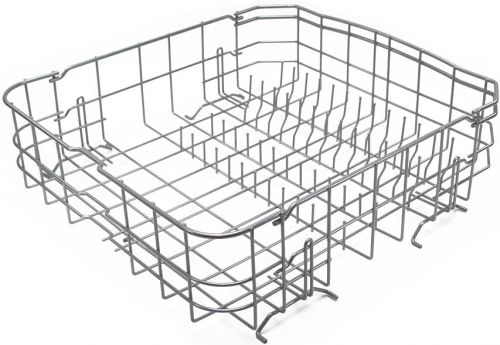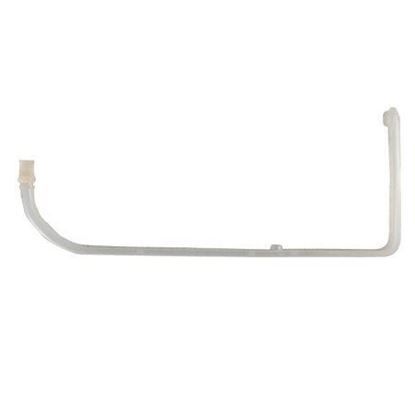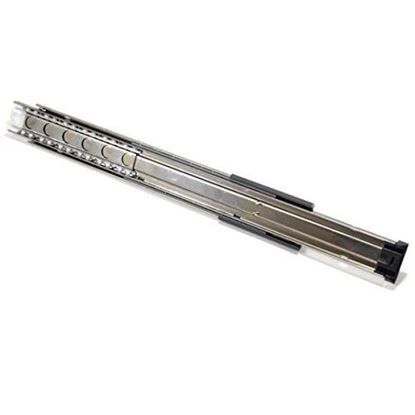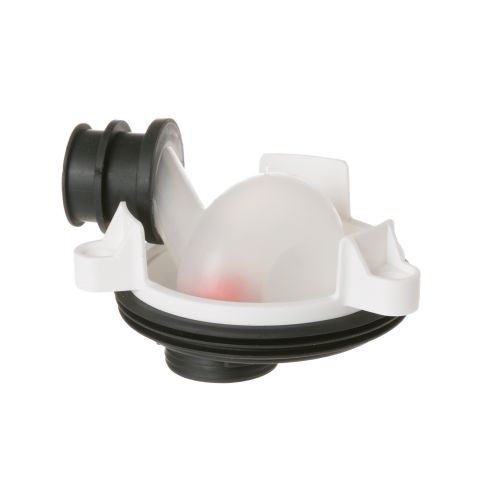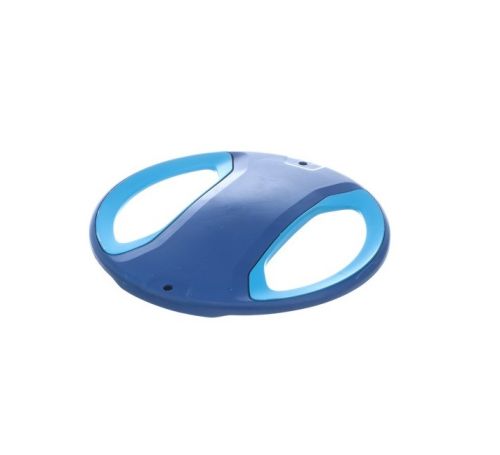
How to Clean Samsung Dishwasher: From Filters to Spray Arms
Regularly cleaning a Samsung dishwasher is essential for maintaining strong performance, long-lasting durability, and a hygienic wash cycle. Over time, food particles, grease, mineral deposits, and detergent residue can accumulate inside key components such as filters, spray arms, racks, and the stainless steel interior. When these areas become clogged or dirty, the dishwasher may struggle to clean dishes effectively, consume more energy, or develop unpleasant odors.
A proper cleaning routine not only improves wash quality but also helps prevent common issues like cloudy glassware, slow drainage, and noisy operation. Whether it’s a basic weekly wipe-down or a deeper monthly cleaning of the filter system and spray arms, staying consistent keeps the appliance working at peak efficiency. By understanding how each part functions and how to clean it correctly, users can ensure their Samsung dishwasher delivers spotless results every cycle while extending the overall life of the machine.
| Table of contents: Signs your Samsung dishwasher needs cleaning Tools and materials needed to clean Samsung dishwasher Cleaning the interior of the Samsung dishwasher Cleaning the exterior of the Samsung dishwasher Cleaning the racks and utensil holders in the Samsung dishwasher Reassembling Samsung dishwasher after cleaning Maintenance tips for keeping Samsung dishwasher clean |
Signs your Samsung dishwasher needs cleaning
Several signs indicate your Samsung dishwasher may need cleaning:
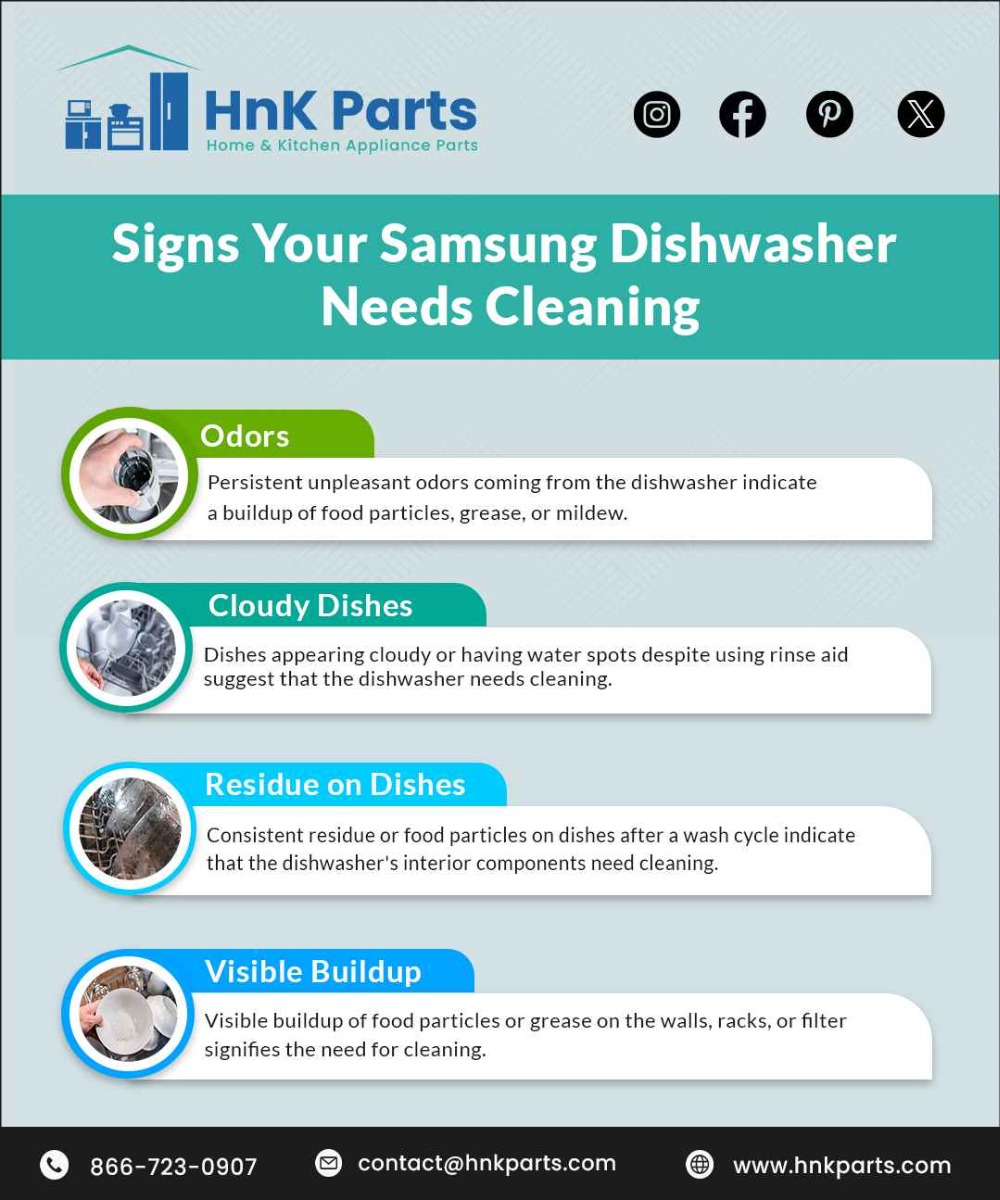
Refer: How Much Does It Cost To Install A Dishwasher
Tools and materials needed to clean Samsung dishwasher
- Soft brush or sponge: Use a soft brush or sponge to wipe down the interior of the dishwasher. Pay particular attention to the edges, corners, and around the door seals where debris and grime can accumulate.
- Microfiber cloth: Dampen a microfiber cloth with a cleaning solution to wipe down the interior surfaces, including the walls and racks. The gentle texture of the microfiber will help to lift and remove any residue.
- Toothbrush: For hard-to-reach areas and small crevices, a toothbrush can be very effective. Use it to scrub around the gasket, hinges, and other tight spaces.
- Vinegar: Fill a dishwasher-safe container with vinegar and place it on the top rack of the empty dishwasher. Run a hot water cycle to allow the vinegar to clean and deodorize the interior. Vinegar is effective at removing mineral buildup and eliminating odors.
- Baking soda: Sprinkle baking soda along the bottom of the dishwasher to provide additional cleaning and odor neutralization. For stubborn stains or odors, you can also make a paste using water and baking soda and apply it to targeted areas.
- Dish soap: Use dish soap and warm water to hand-wash removable parts such as the racks and utensil holder. This will help remove any grime and food residue that has accumulated on these components.
- Dishwasher cleaner: If you choose to use a commercial dishwashing cleaner, follow the manufacturer's instructions for the best results. These cleaners are formulated to target grease, limescale, and other buildup within the dishwasher.
- Gloves: Wear gloves to protect your hands, especially if you are using cleaning solutions or handling any particularly dirty or greasy components.
Cleaning the interior of the Samsung dishwasher
cleaning the interior of the stainless steel dishwasher looks comprehensive. It's great that you ensure safety by turning off and unplugging the dishwasher first, as safety should always be a priority when working with appliances.
Preparation steps
- Turn off and unplug the dishwasher: This is an important safety measure, as it ensures that you can safely clean the interior without any risk of the dishwasher accidentally starting.
- Drain Samsung dishwasher: Removing all dishes, racks, and utensil holders is essential to access and clean all interior components effectively.
Remove and clean Samsung dishwasher filter
- Samsung dishwasher filter cleaning under warm water and scrubbing away debris with a soft brush is an effective way to ensure that the filter is free from any food particles or buildup. Make sure to reassemble it properly after cleaning.
Clean the spray arms
- Samsung dishwasher not cleaning dishes Check for clogged spray arms, maintain proper loading, use fresh detergent, and ensure the water temperature is appropriate.
- Removing the spray arms and clearing any Samsung dishwasher clogged holes with a toothbrush is a great method for ensuring that water can flow freely and effectively during the wash cycle. Pay close attention to all the small openings in the spray arms.
Wipe down the interior walls
- Using a damp cloth or sponge with dish soap to wipe the walls and door of the dishwasher is a great way to remove any grime or residue that has accumulated.
Run a cleaning cycle with vinegar
- Placing a cup of white vinegar in a dishwasher-safe container on the top rack and running a hot water cycle is an excellent way to remove grease and odors from the dishwasher's interior. Vinegar is effective at breaking down grease and removing odors.
Cleaning the exterior of the Samsung dishwasher
Wipe down the door and control panel
- Using a damp cloth and mild dish soap is a gentle and effective way to clean the exterior surfaces. Pay attention to any control buttons or areas that might accumulate fingerprints or grime.
Clean the edges and seals
- Using a toothbrush to clean around the edges and rubber seals of the door is a great practice to ensure that all areas, including small crevices, are thoroughly cleaned. Be sure to remove any debris or residue that may have accumulated in these areas.
Cleaning the racks and utensil holders in the Samsung dishwasher
Remove and rinse racks and holders
- When removing the racks and utensil holders, take the opportunity to inspect them for any stubborn residue or buildup that may require extra attention during cleaning.
- If the Samsung dishwasher bottom rack not cleaning. Ensure the spray arm is unobstructed, adjust the spinning capability of the arm, and load dishes properly to allow water circulation.
- If the Samsung dishwasher top rack not cleaning. Check the spray arm for blockages, ensure proper loading, and run a cleaning cycle with a dishwasher cleaner.
Scrub away residue
Using a soft brush to remove any stuck-on food particles is a great way to ensure that the racks and utensil holders are thoroughly cleaned. Pay close attention to corners and crevices where food particles can accumulate. follow the Samsung dishwasher manual for a better understanding.
Checkout: How to Fix Rusty Dishwasher Rack?
Reassembling Samsung dishwasher after cleaning
Reinstall the spray arms and filter
- Before reinstalling the spray arms and filter, ensure that you have thoroughly cleaned and dried these components. Make sure there are no obstructions in the spray arm holes.
- Carefully place the spray arms back in their designated positions within the dishwasher. Ensure they are securely attached and properly aligned to ensure effective water flow during the wash cycle.
- Reinstall the filter by fitting it back into place correctly. Make sure it is completely seated and secure to prevent any leaks or issues during operation.
Replace the racks and utensil holders
- Once the spray arms and filter are reinstalled, you can now proceed to replace the racks and utensil holders. Ensure that these components are also clean and dry before placing them back into the dishwasher.
- Carefully slide the racks back onto their tracks, making sure they glide smoothly without any obstructions. Ensure that the racks are positioned properly to allow for efficient loading and unloading of dishes.
- Place the utensil holder back in its d esignated spot, ensuring it is securely in place and able to hold utensils without any risk of them falling out during the wash cycle.
Maintenance tips for keeping Samsung dishwasher clean
|
Tip |
Details |
|
Use rinse aid |
Helps with drying dishes, prevents water spots, and improves overall cleanliness. |
|
Scrub the door gasket |
Clean the rubber seal around the door to remove trapped food particles and prevent unpleasant odors. |
|
Inspect and clean the spray arms |
Check for clogs and obstructions in the spray arms, using a toothpick or small brush to clear debris for proper water flow. |
|
Run hot water before starting the dishwasher |
Ensure the dishwasher starts with hot water by running the kitchen faucet until the water is hot before beginning a wash cycle. |
|
Clean the exterior regularly |
Wipe down the exterior with a damp cloth and mild cleaner to remove fingerprints, spills, and dust, maintaining its appearance. |
|
Monitor water temperature |
Ensure the water temperature reaches the optimal level for effective cleaning, as cold water can lead to inadequate cleaning. |
|
Regularly inspect for leaks |
Check around and under the dishwasher for signs of leaks, and address any leaks promptly to prevent water damage and mold growth. |
Properly maintaining and cleaning your Samsung dishwasher is essential to ensuring its optimal performance and longevity. By regularly cleaning the filters, inspecting the spray arms, and attending to any potential clogs or blockages, you can help prevent issues such as inadequate cleaning, draining problems, and other malfunctions.
Additionally, using the Samsung dishwasher manual, detergents and rinse aids, guidelines, and occasionally running self-cleaning cycles can contribute to the overall cleanliness and efficiency of your dishwasher. By staying proactive with maintenance and cleaning tasks, you can promote a hygienic and effective dishwasher that consistently provides sparkling clean dishes and utensils for your household. HnK Parts provides genuine Samsung dishwasher parts, offering affordable and reliable components to keep your dishwasher operating at peak performance.
FAQs
How to unclog a Samsung dishwasher?
Clean the dishwasher's filter, check the drain hose for clogs, and run a dishwasher cleaning cycle with a dishwasher cleaner.
How to run self-clean on Samsung dishwasher?
Place dishwasher-safe cleaner in the detergent dispenser, select the "Self Clean" cycle, and follow the specific model's instructions.
why Samsung dishwasher not drying?
Make sure the "Heated Dry" option is selected. Check the rinse aid dispenser and fill it if needed. Ensure proper loading for effective drying.


